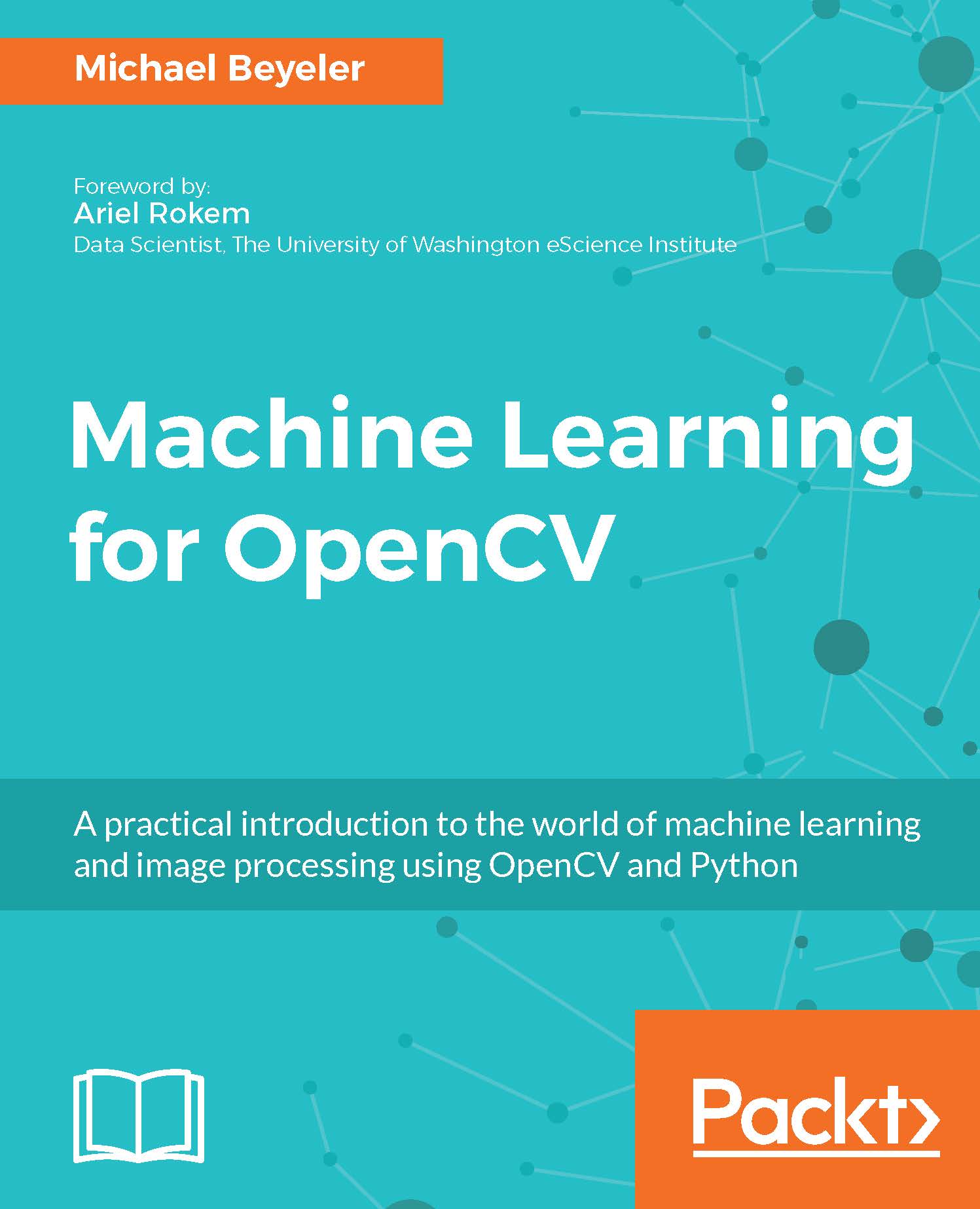This is the moment you've been waiting for, isn't it?
We have covered all the bases-we have a functioning Python environment, we have OpenCV installed, and we know how to handle data in Python. Now it's time to build our first machine learning system! And what better way to start off than to focus on one of the most common and successful types of machine learning: supervised learning?
From the previous chapter, we already know that supervised learning is all about learning regularities in some training data by using the labels that come with it so that we can predict the labels of some new, never-seen-before test data. In this chapter, we want to dig a little deeper, and learn how to turn our theoretical knowledge into something practical.
Specifically, we want to address the following questions:
- What's the difference between...


